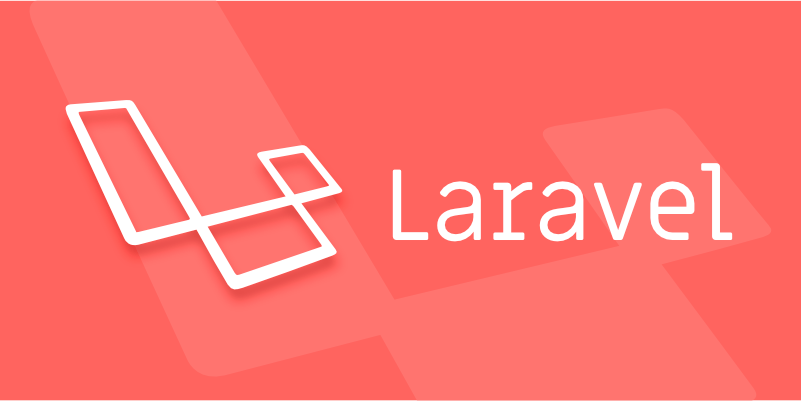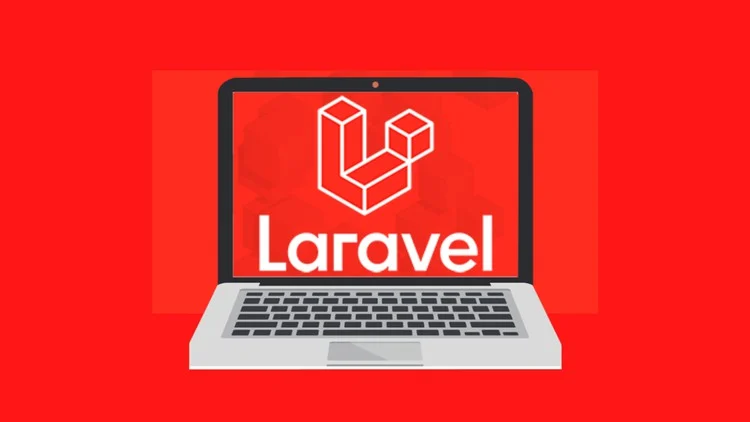Defining and using local and global scopes in Laravel Eloquent
Jul 11, 2025 am 03:20 AMIn Laravel Eloquent, the global scope is automatically applied to each query, suitable for scenarios such as filtering inactive users; the local scope needs to be called manually, suitable for scenarios such as displaying published articles only in a specific context. 1. Global scope is implemented by implementing the Scope interface and registering in the model, such as adding the where('active', true) condition. 2. Local scope is a method in the model, starting with scope and can take parameters, such as scopeVerified() or scopeOfType(). 3. When using global scope, its impact on all queries should be considered, and if necessary, you can exclude it by withoutGlobalScopes(). 4. When selecting a scope, decide based on whether the conditions are always needed, and pay attention to the readability and testability of the code. 5. A simple global scope can be defined through closures to improve development efficiency.

In Laravel Eloquent, understanding how to define and use local and global scopes is key to writing clean, reusable, and maintainable code. Scopes help you filter query results without repeating the same conditions across your application. Here's how to make the most of them.

What's the difference between local and global scopes?
Global scopes apply automatically every time you query a model — like always filtering out deleted users or only fetching active records.
Local scopes , on the other hand, are applied manually when needed — for example, only showing published posts in certain contexts.

Knowing when to use each helps keep your logic organized and prevents bugs from unintended data exposure.
How to define a global scope
To create a global scope , you need to implement the Illuminate\Database\Eloquent\Scope interface. This involves defining a class with an apply method that adds constraints to the query.

For example, let's say you want to exclude inactive users globally:
namespace App\Scopes;
use Illuminate\Database\Eloquent\Builder;
use Illuminate\Database\Eloquent\Model;
use Illuminate\Database\Eloquent\Scope;
class ActiveUserScope implements Scope
{
public function apply(Builder $builder, Model $model)
{
$builder->where('active', true);
}
}Then, in your model:
use App\Scopes\ActiveUserScope;
protected static function booted()
{
static::addGlobalScope(new ActiveUserScope);
} Now, every query on this model will include where active = true .
Note: You can bypass global scopes using methods like
withoutGlobalScopes()orwithoutGlobalScope(ActiveUserScope::class)if you ever need to fetch all records.
Creating and using local scopes
A local scope is simpler — it's just a method inside your model that starts with scope , followed by the name in camelCase.
For example, to define a scope that returns only verified users:
public function scopeVerified(Builder $query): Builder
{
return $query->whereNotNull('email_verified_at');
}Then call it like this:
User::verified()->get();
You can also add parameters:
public function scopeOfType(Builder $query, string $type): Builder
{
return $query->where('type', $type);
}And use it like:
User::ofType('admin')->get();
These scopes are great for reusing common filters without cluttering your controllers.
When to choose global vs local scopes
- Use global scopes when the condition should always be applied (like soft-deletes, tenant isolation, status checks).
- Use local scopes when the filter is context-dependent (eg, filtering by category, status, or custom user roles).
Also, consider readability and testability:
- Global scopes are powerful but can be harder to track down when debugging.
- Local scopes are more explicit and easier to understand at a glance.
Some tips:
- Document any global scopes so future developers know they exist.
- Don't overdo it with too many scopes — sometimes a simple where clause is clearer.
- Group related scopes into traits or base models if you find yourself copying them.
Bonus tip: Using anonymous global scopes
If your scope is simple, you can skip creating a separate class and use a closure directly in the model:
use Illuminate\Database\Eloquent\Builder;
use Illuminate\Support\Facades\Auth;
protected static function booted()
{
static::addGlobalScope('user_tenant', function (Builder $builder) {
$builder->where('user_id', Auth::id());
});
}This is handy for quick filters that don't need reuse across multiple models.
Basically, scopes are one of those tools in Laravel that, once understand, make your code cleaner and more expressive. Whether you're applying a global rule or adding a conditional filter, knowing which scope to use and how keeps things running smoothly.
No magic — just smart, reusable query logic.
The above is the detailed content of Defining and using local and global scopes in Laravel Eloquent. For more information, please follow other related articles on the PHP Chinese website!

Hot AI Tools

Undress AI Tool
Undress images for free

Undresser.AI Undress
AI-powered app for creating realistic nude photos

AI Clothes Remover
Online AI tool for removing clothes from photos.

Clothoff.io
AI clothes remover

Video Face Swap
Swap faces in any video effortlessly with our completely free AI face swap tool!

Hot Article

Hot Tools

Notepad++7.3.1
Easy-to-use and free code editor

SublimeText3 Chinese version
Chinese version, very easy to use

Zend Studio 13.0.1
Powerful PHP integrated development environment

Dreamweaver CS6
Visual web development tools

SublimeText3 Mac version
God-level code editing software (SublimeText3)

Hot Topics
 How to test Laravel API interface?
May 22, 2025 pm 09:45 PM
How to test Laravel API interface?
May 22, 2025 pm 09:45 PM
Efficient methods for testing Laravel API interfaces include: 1) using Laravel's own testing framework and third-party tools such as Postman or Insomnia; 2) writing unit tests, functional tests and integration tests; 3) emulating a real request environment and managing database status. Through these steps, the stability and functional integrity of the API can be ensured.
 How to customize Laravel's user authentication logic?
May 22, 2025 pm 09:36 PM
How to customize Laravel's user authentication logic?
May 22, 2025 pm 09:36 PM
Custom Laravel user authentication logic can be implemented through the following steps: 1. Add additional verification conditions when logging in, such as mailbox verification. 2. Create a custom Guard class and expand the authentication process. Custom authentication logic requires a deep understanding of Laravel's authentication system and pay attention to security, performance and maintenance.
 Laravel integration with social media login (OAuth)
May 22, 2025 pm 09:27 PM
Laravel integration with social media login (OAuth)
May 22, 2025 pm 09:27 PM
Integrating social media login in the Laravel framework can be achieved by using the LaravelSocialite package. 1. Install the Socialite package: use composerrequirelaravel/socialite. 2. Configure the service provider and alias: add relevant configuration in config/app.php. 3. Set API credentials: Configure social media API credentials in .env and config/services.php. 4. Write controller method: Add redirection and callback methods to handle social media login process. 5. Handle FAQs: Ensure user uniqueness, data synchronization, security and error handling. 6. Optimization practice:
 How to create Laravel package (Package) development?
May 29, 2025 pm 09:12 PM
How to create Laravel package (Package) development?
May 29, 2025 pm 09:12 PM
The steps to create a package in Laravel include: 1) Understanding the advantages of packages, such as modularity and reuse; 2) following Laravel naming and structural specifications; 3) creating a service provider using artisan command; 4) publishing configuration files correctly; 5) managing version control and publishing to Packagist; 6) performing rigorous testing; 7) writing detailed documentation; 8) ensuring compatibility with different Laravel versions.
 How to implement password reset function in Laravel?
May 22, 2025 pm 09:42 PM
How to implement password reset function in Laravel?
May 22, 2025 pm 09:42 PM
Implementing password reset function in Laravel requires the following steps: 1. Configure the email service and set relevant parameters in the .env file; 2. Define password reset routes in routes/web.php; 3. Customize email templates; 4. Pay attention to email sending problems and the validity period of tokens, and adjust the configuration if necessary; 5. Consider security to prevent brute-force attacks; 6. After the password reset is successful, force the user to log out of other devices.
 Common security threats and protection measures for Laravel applications
May 22, 2025 pm 09:33 PM
Common security threats and protection measures for Laravel applications
May 22, 2025 pm 09:33 PM
Common security threats in Laravel applications include SQL injection, cross-site scripting attacks (XSS), cross-site request forgery (CSRF), and file upload vulnerabilities. Protection measures include: 1. Use EloquentORM and QueryBuilder for parameterized queries to avoid SQL injection. 2. Verify and filter user input to ensure the security of output and prevent XSS attacks. 3. Set CSRF tokens in forms and AJAX requests to protect the application from CSRF attacks. 4. Strictly verify and process file uploads to ensure file security. 5. Regular code audits and security tests are carried out to discover and fix potential security vulnerabilities.
 What is Middleware in Laravel? How to use it?
May 29, 2025 pm 09:27 PM
What is Middleware in Laravel? How to use it?
May 29, 2025 pm 09:27 PM
Middleware is a filtering mechanism in Laravel that is used to intercept and process HTTP requests. Use steps: 1. Create middleware: Use the command "phpartisanmake:middlewareCheckRole". 2. Define processing logic: Write specific logic in the generated file. 3. Register middleware: Add middleware in Kernel.php. 4. Use middleware: Apply middleware in routing definition.
 Sensitive data protection policies in Laravel
May 22, 2025 pm 09:30 PM
Sensitive data protection policies in Laravel
May 22, 2025 pm 09:30 PM
Laravel provides a variety of strategies to ensure data security: 1. Use Cryptfacade to encrypt data to protect sensitive information. 2. Enable access control through authorization policies (AuthorizationPolicies) to prevent data leakage. 3. Adjust logging policy and use log rotation to avoid sensitive data leakage.






